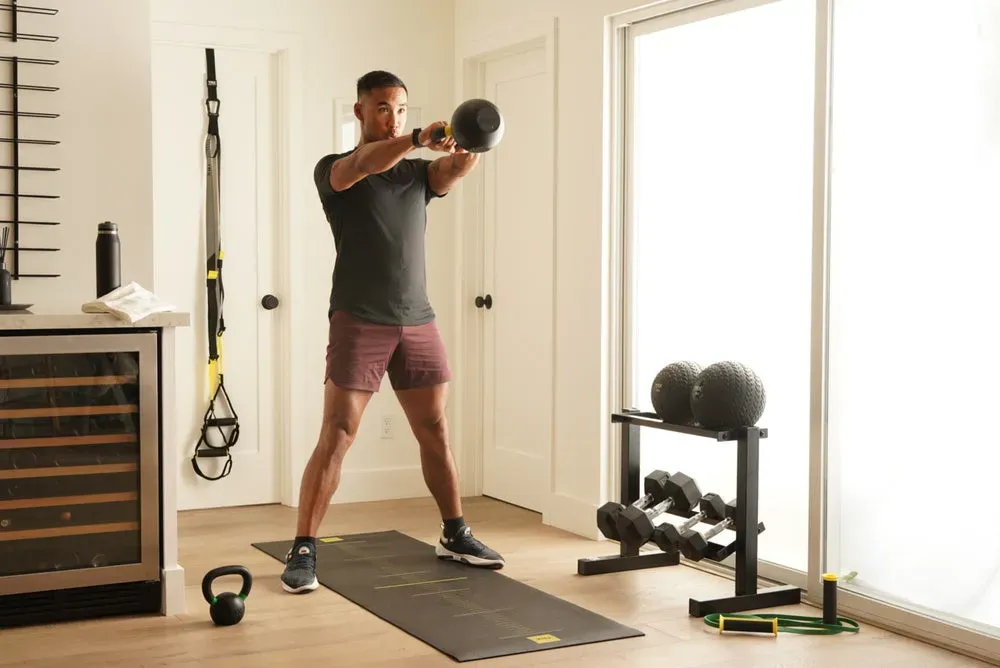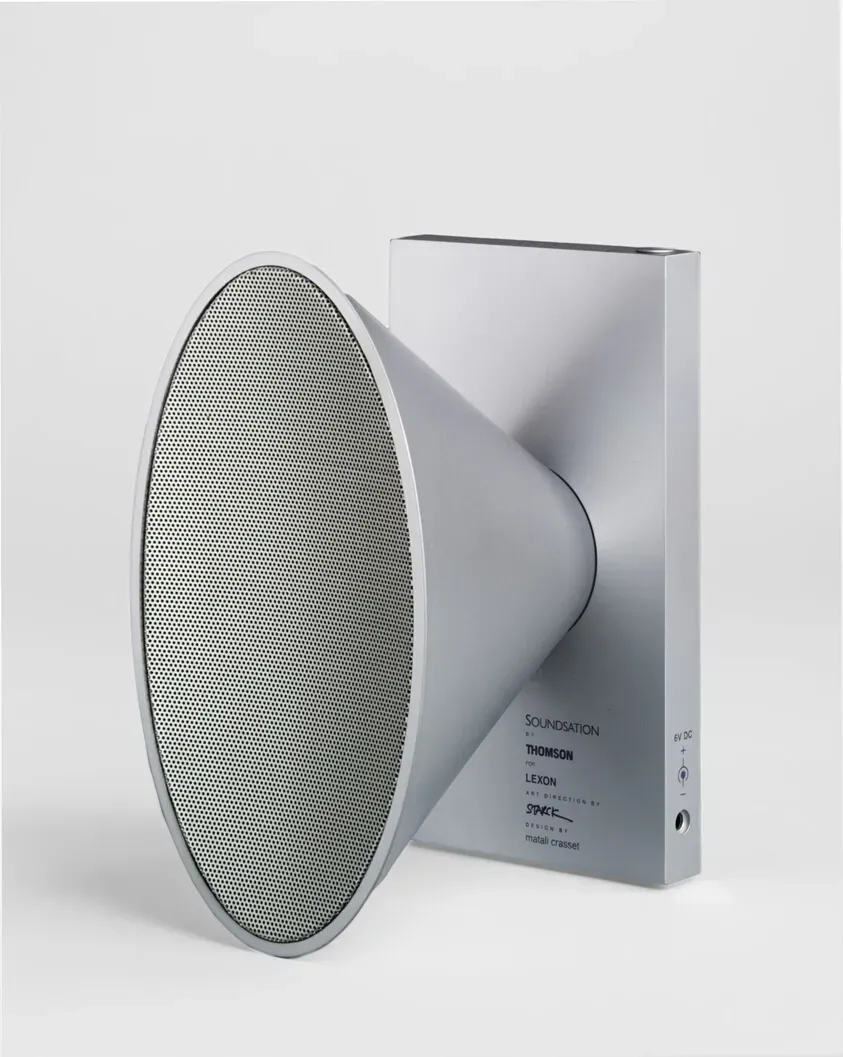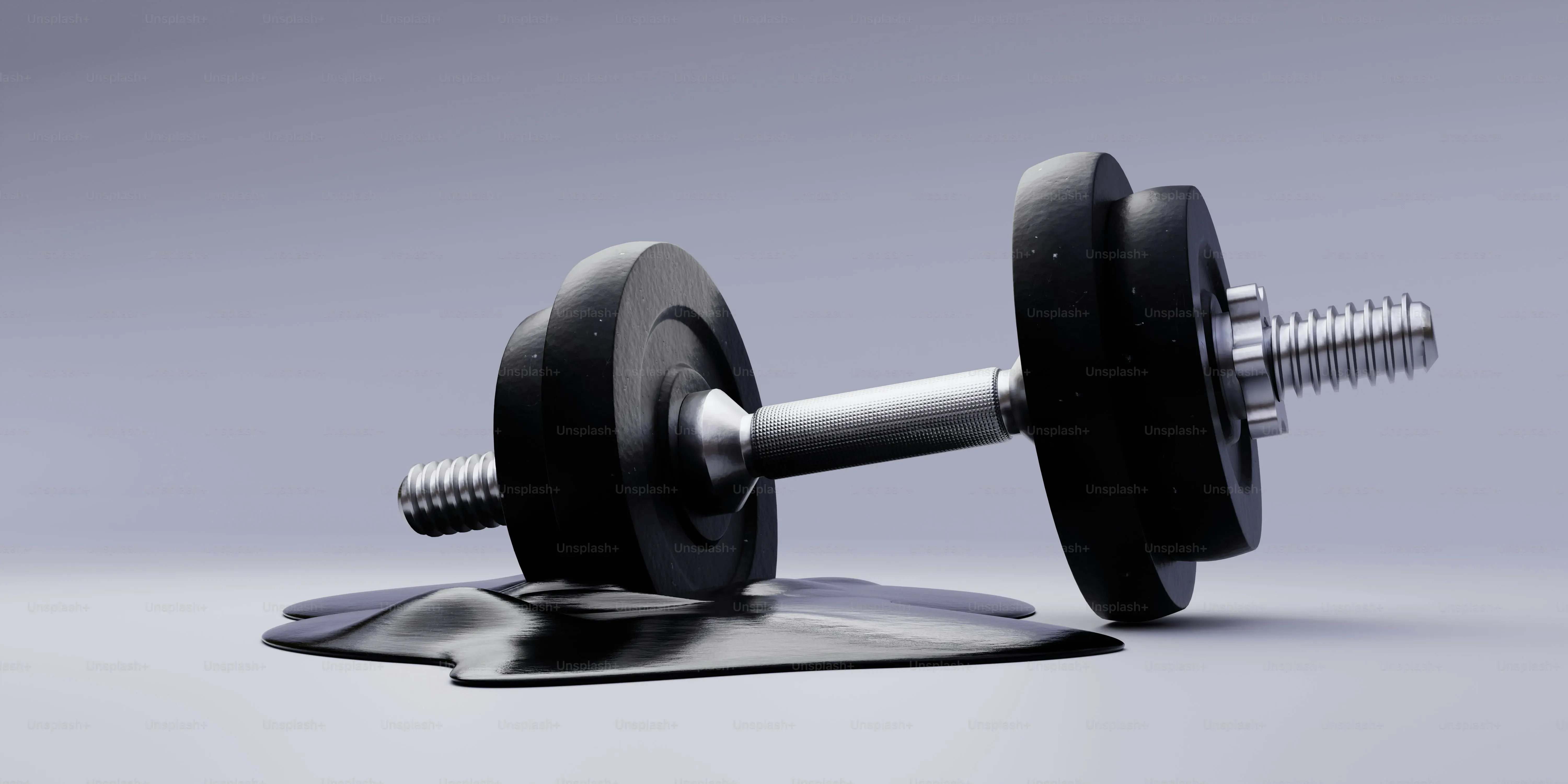Table of Contents
Tired of endless crunches that leave you feeling...meh? You're not alone. Most folks associate "ab workouts" with lying on the floor doing variations of the same old thing. And while traditional exercises have their place, building a truly resilient, powerful core requires more dynamic, functional movements. Enter the kettlebell, that cannonball-shaped marvel that can transform your midsection from merely visible to genuinely strong and stable.
Why Your Core Craves Kettlebells

Why Your Core Craves Kettlebells
Beyond Crunches: Functional Core Power
Look, we've all been there. Grinding out hundreds of crunches, hoping for that elusive flat stomach or ripped six-pack. And sure, crunches hit the rectus abdominis, the muscle responsible for that look. But your core is way more than just the front panel. It's a complex system designed for stability, transferring force, and resisting movement, not just flexing forward.
Kettlebells are different. They aren't balanced like dumbbells or barbells. Their weight is offset, hanging below the handle. This simple difference changes everything. Every time you lift, swing, or carry a kettlebell, your core has to work overtime just to keep you upright and stable. It’s like carrying a slightly drunk friend – your body constantly makes tiny adjustments to stay balanced. This recruits deep stabilizer muscles you might not even know you have, building functional strength that translates to real-world activities, not just looking good in the mirror.
The Unstable Load Challenge
Think about a kettlebell swing. It's a dynamic, powerful movement originating from the hips, but your core is the critical link, transferring that power and resisting hyperextension at the top. Or a suitcase carry – walking with a heavy kettlebell in one hand. Your obliques on the opposite side scream just trying to keep you from leaning over like the Tower of Pisa. This isn't isolation; it's your core acting as the central pillar, bracing against an external load.
Traditional ab exercises often involve lying on a comfortable mat, isolating one or two muscles. Kettlebell training, on the other hand, forces your core to integrate with the rest of your body. You're standing, moving, and resisting forces from different directions. This kind of training builds a core that's not just strong in a controlled environment, but strong and responsive when you need it most – whether that's lifting groceries, throwing a ball, or preventing a tweak when you trip. It's the difference between static strength and dynamic resilience.
So, why should you swap some of those floor exercises for kettlebell work? Here's a quick rundown:
- Engages more muscles simultaneously.
- Builds stabilizing strength, crucial for preventing injuries.
- Improves posture and reduces back pain.
- Enhances power transfer between upper and lower body.
- Adds dynamic movement and variety to your routine.
- Challenges your core in ways traditional exercises don't.
Know Your Abs: More Than Just a SixPack

Know Your Abs: More Than Just a SixPack
The Rectus Abdominis: The Show Muscle
Alright, let's talk about the one everyone sees, the rectus abdominis. This is the muscle that gives you that coveted "six-pack" look, assuming your body fat percentage is low enough to reveal it. Its main job is flexing your spine forward, like when you do a traditional crunch or sit-up. It's important, no doubt, but focusing solely on this muscle for core strength is like saying the only important part of a car is the hood ornament. It looks nice, but it doesn't make the engine run.
Training only the rectus abdominis in isolation misses the point of a functional core. Life doesn't happen lying flat on your back, only flexing forward. You need a core that can brace, twist, and resist movement from all directions. While kettlebell exercises often engage the rectus abdominis, they do so as part of larger, integrated movements, which is far more effective for building real-world strength.
The Obliques: Your Body's Rotators and Side-Benders
Now, let's move to the sides – your obliques. You've got two layers: the external obliques, which are more superficial, and the internal obliques underneath. These guys are crucial for rotation and lateral flexion (bending sideways). Think about throwing a punch, swinging a bat, or even just turning to look behind you – that's your obliques at work. They also play a big role in resisting rotation, which is vital for spinal health and preventing injuries.
Many kettlebell movements, especially things like woodchops, windmills, and even carries, hammer your obliques. They have to work hard to control the weight and keep your torso from twisting or bending excessively. This kind of anti-rotation and anti-lateral flexion training is incredibly effective for building a robust, injury-resistant core. Ignoring your obliques is like building a house with walls but no corner supports – it might stand for a bit, but it's not going to handle much stress.
Your core is a team of muscles working together. Here are some key players beyond the six-pack:
- Rectus Abdominis: The "six-pack" muscle, spinal flexion.
- External Obliques: Side bending and rotation.
- Internal Obliques: Assist external obliques in rotation and side bending.
- Transverse Abdominis: Deepest layer, acts like a natural weight belt, stabilizes the spine.
- Erector Spinae: Muscles along the spine, crucial for extension and posture.
- Multifidus: Small, deep muscles along the spine, key for segmental stability.
The Deep Stabilizers: The Unsung Heroes
Beneath the surface, you have the real workhorses: the transverse abdominis and the multifidus, among others. The transverse abdominis wraps around your torso like a corset or a natural weight belt. It doesn't move your spine much, but it's essential for creating intra-abdominal pressure, which stabilizes your lower back and pelvis before you even initiate a movement. Think of it as the foundation your house is built on – you can't see it, but everything else depends on it.
The multifidus are small, deep muscles running along your spine. They are critical for providing stability to each segment of your vertebral column. When these deep stabilizers aren't firing correctly, your bigger, more superficial muscles have to compensate, which can lead to pain and dysfunction. Kettlebell exercises, particularly those requiring balance and stability under load, force these deep muscles to engage, building a truly stable and resilient core from the inside out. It's not flashy, but it's non-negotiable for long-term core health and performance.
The Best Kettlebell Ab Workouts: Exercises for Real Strength

The Best Kettlebell Ab Workouts: Exercises for Real Strength
Carries and Holds: Simple, Brutal Core Builders
let's get down to brass tacks. You want the best kettlebell ab workouts? Forget the fancy stuff for a second and start with the basics that are anything but easy. The Suitcase Carry is a prime example. Grab one heavy kettlebell in one hand, stand tall, and start walking. Sounds simple, right? Wrong. Your obliques on the opposite side are fighting for their lives to keep you from tilting over. It's anti-lateral flexion work at its finest, building serious core stability needed for everyday tasks like carrying groceries or preventing that awkward stumble.
Then there's the Front Rack Carry or Goblet Carry. Holding one or two kettlebells in the front rack position or one at your chest forces your core to brace hard against the load trying to pull you forward or round your back. This taxes your anterior core (those abs you see) and your deep stabilizers simultaneously. These aren't dynamic movements, but they build a rock-solid foundation of core strength under load. Think of it as building the concrete base before you put up the walls.
- Suitcase Carry: Targets anti-lateral flexion strength (obliques).
- Front Rack Carry: Targets anterior core and spinal erectors (anti-extension).
- Goblet Carry: Similar to front rack, great for posture and bracing.
- Bottoms-Up Press/Hold: Insane shoulder and deep core stabilizer work due to the unstable bell.
Dynamic Power Moves: Swings, Chops, and More
Now, let's add some movement to the mix. Kettlebells shine in dynamic exercises that require your core to transfer power and resist forces. The Kettlebell Swing, while primarily a hip hinge, demands immense core bracing at the top to prevent hyperextension and efficiently transfer the power generated by your hips. It's not a direct "ab" exercise in the traditional sense, but it's fundamental for building a powerful and resilient core system.
Exercises like the Kettlebell Woodchop and the Kettlebell Windmill take things into the rotational and lateral planes. A Woodchop, performed correctly, is about resisting rotation through your core while generating power from your hips and shoulders. The Windmill challenges your obliques and deep core stabilizers to control movement and maintain stability as you hinge and rotate. These aren't isolated crunches; they're integrated, full-body movements where your core is the central control tower, essential for creating truly effective kettlebell ab workouts.
Crafting Your Best Kettlebell Ab Workout Routine

Crafting Your Best Kettlebell Ab Workout Routine
Starting Somewhere: Picking Your Battles
so you've seen the exercises, felt a twinge of fear or excitement (or both) at the thought of a Suitcase Carry heavier than your groceries, and now you're wondering how to actually put this into practice. Crafting the best kettlebell ab workouts for *you* starts with being honest about where you're at. You don't need to jump straight into Turkish Get-Ups with a bell that could anchor a small boat. Start light, focus on form, and master the basics.
Think about what kind of core work you need most. Do you slouch at your desk all day? Carries and holds will be your best friend for posture and bracing. Play a sport that involves rotation? Woodchops and windmills are calling your name. Don't try to do everything at once. Pick 2-3 exercises from the list that address your specific needs or weaknesses and practice them consistently. It's better to do a few exercises well than many poorly.
Structuring the Grind: Sets, Reps, and Frequency
Once you've got your chosen few, how do you actually build a routine? For strength and stability, you're generally looking at lower reps and higher sets, or focusing on time under tension for carries and holds. For dynamic power, swings might be higher reps, but the focus is on explosive quality, not just churning them out.
A good starting point might be incorporating 1-2 kettlebell core exercises into your existing strength training sessions 2-3 times a week. Or, if you're feeling spicy, dedicating 10-15 minutes post-workout specifically to kettlebell core work. For carries, think distance or time – walking 50-100 feet or holding for 30-60 seconds per side. For movements like windmills or woodchops, 3-4 sets of 5-8 controlled reps per side is a solid starting point. Don't turn it into a marathon; make every rep count.
Exercise Type | Focus | Typical Rep/Set Scheme (Beginner) |
|---|---|---|
Carries/Holds | Stability, Bracing | 3-4 sets, 30-60 seconds per side or 50-100 feet |
Anti-Rotation (e.g., Woodchop) | Resisting Twist | 3-4 sets, 5-8 controlled reps per side |
Anti-Extension (e.g., Dead Bug) | Lower Back Stability | 3-4 sets, 8-12 reps per side |
Dynamic (e.g., Swing - Core Focus) | Power Transfer, Bracing | 3-5 sets, 10-15 explosive reps |
Listen to the Body, Not Just the Ego
This isn't a race to lift the heaviest bell in the gym on day one. Progression with kettlebell ab workouts is key, but it's not always about adding more weight. It could mean doing the same weight for more controlled reps, increasing the duration of a hold, decreasing rest time, or moving to a more challenging variation of the exercise. Maybe you start with a Goblet Carry and progress to a single Suitcase Carry, then eventually two Suitcase Carries with heavier bells. Or perhaps you master the Half-Kneeling Woodchop before moving to standing.
Pay attention to what your body is telling you. If your lower back is screaming during swings, your hinge pattern or core bracing is likely off. If you're tilting excessively during a Suitcase Carry, the weight is too heavy or your obliques need more foundational work. Good form trumps heavy weight every single time. Film yourself if you can, or work with someone knowledgeable. The goal is to build a resilient core, not just impress the guy in the mirror with how much iron you can awkwardly hoist. Consistency and smart progression beat random, heavy sessions any day.
Forge Your Core with Kettlebells
Look, building a truly strong core isn't about chasing magazine covers or doing a thousand sit-ups. It's about functional strength, the kind that supports your spine, powers your lifts, and keeps you upright and resilient in daily life. Kettlebells aren't a magic bullet, but they are a seriously effective tool to get you there. By challenging your core through dynamic movements – carries, chops, swings, and get-ups – you're not just targeting individual muscles; you're building an integrated, responsive powerhouse. Stop wasting time on exercises that offer limited return. Incorporate these best kettlebell ab workouts into your routine and feel the difference. Your core will thank you, probably by not screaming in protest the next time you move furniture.